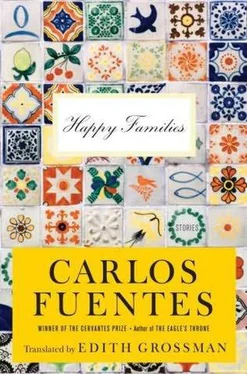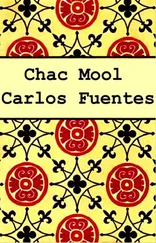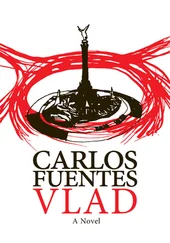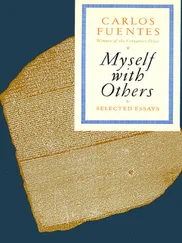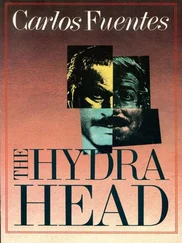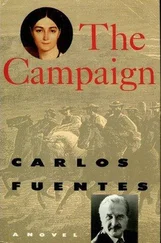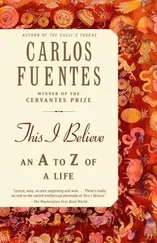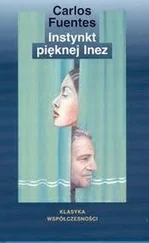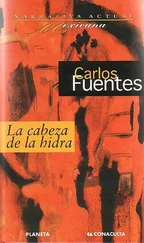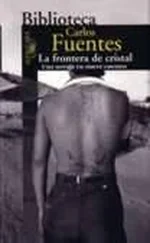It was the last clarion call of the 1940s, before the immense city devoured every attempt to come together under the roof of culture and acquire a personality by means of avant-garde circles. On the horizon, the Rosa district was already dawning, a mix of St. Germain des Prés and Greenwich Village around a Café Tyrol presided over every afternoon by a Colombian writer, Gabriel García Márquez, who had lived in Mexico City since 1960, and baptized by the painter José Luis Cuevas, a cat who seduced with scratches.
But by then Guy Furlong and José Luis Palma were the only Mexicans who still wore tuxedos to eat dinner. They were distinguished by a reluctance to abandon the styles of their youth. Both of them based elegance on style, not fashion. The bad thing was that by the sixties, wearing a dinner jacket at a cocktail party or a vernissage meant running the risk of being confused with the waiters. The old seducer of adolescents, Agustín Villarino, had turned in his documents to eternity sometime earlier. Not, however, without leaving a successor in Mexico City, his nephew Curly Villarino, and here our story actually begins.
Guy and José Luis did not want to be left behind. The groups and conclaves mentioned here tacitly proclaimed their modernity, their cosmopolitanism, and their youth. Three purposes that condemned them to disappear. The modern is destined to vanish quickly for the sake of its own decaying currency and in favor of the next brand-new novelty that, whether it’s called postmodern or retro and rejects or evokes nostalgia, simply repeats the warning of death to fashion in the Pensieri of Giacomo Leopardi: Madama la Morte, Madama la Morte, don’t ask me who I am: I am fashion, death. . I am you.
Then the spree began to fall apart in a charmless slumming in run-down, high-living cabarets in the Guerrero district and in San Juan de Letrán. El Golpe, King Kong, El Burro, Club de los Artistas. . and if one wanted to dance the mambo on Sunday with one’s servants, the Salón Los Angeles dissolved, with delight in loud revelry and false democracy, the barriers between classes. The cabarets for danzón and dance hostesses died a natural death, the Río Rosa, next to the Bullfight Ring, and the Waikiki, whose only vegetation was the cactus on Paseo de la Reforma. Thanks to its consecration by Aaron Copland, the Salón México survived with its famous sign: DON’T THROW LIT CIGARETTES ON THE FLOOR, THE GIRLS CAN BURN THEIR FEET.
Cosmopolitanism customarily required a center of worldwide attraction, like Paris in the nineteenth century or New York in the twentieth. The fall of colonial empires after World War II meant the end of one or even two cultural metropolises in favor of a revindication of traditions, each anchored in a calendar distinct from the Western. For a Mexican, in any case, it was easier to refer to the Mayas or the Baroque than to the contributions of Kenya, Indonesia, or Timbuktu, the new capitals of the disguised anthropology of third-world revolution.
As for youth, it was being transformed into a solitary avenue that José Luis and Guy stopped walking with the impression that they were ghosts. It was difficult for them to abandon the obligation to be the representatives of a youth. What was left was the dejection of losing — abandonment, death, lack of will — the people who, half in self-congratulation, called themselves “our crowd,” “our set.” These compliments were not, however, the requiem for Guy’s and José Luis’s constant certainty: We didn’t let ourselves go with a group of dispensable people, we weren’t interchangeable, we were irreplaceable as a couple.
In the midst of these changes, both kept the friends who hadn’t succumbed to violence or been liberated into death. A man needs sad friends to whom he can tell what he doesn’t say to his lover. A man needs patient friends who give him the time that a lover denies him. A man needs the friend who talks to him about his lover and evokes a kind of shared warmth that requires the presence of a third person, a special confidant. And above all, a man must respect the relationship with the friend who isn’t his lover and gives the assurance that passion could overwhelm him.
For Guy and José Luis, their relationship with friends secretly established an obligation, which was to avoid promiscuity. It was implicit that a friendship, no matter how close, would never cross the frontier of physical love. In their youth and early maturity, Guy and José Luis proposed taking part in everything but in moderation, without vulgarity, without failures in respect. They told each other that a couple needs others but ought to reserve to itself the dialogue between you and me, never surrendering intimacy to the group, to others. And above all, it must respect the relationship with the friend who isn’t a lover and gives the assurance that passion could overwhelm him.
Both Guy and José Luis, now lagging behind the avant-garde, believed that this friend was Curly Villarino, a bridge between our couple’s sixty years and the thirtysomething of everybody else. Guy and José Luis suffered the feeling of having lost the group, the circle that accompanied them between the ages of twenty and fifty, decimated now by age, death, indolence, the loss of a center, and the move to the outskirts of a Dantesque city: the wild forest.
In short, each group brings with it the question: “What impression are we making?” The Jockey’s aristocrats, L’Aiglon’s gilded youth, the Rosa district’s artists and intellectuals. All of them wanted to make an impression, and in this aspiration lay the defeat or triumph of its members. Both transitory, except that those who failed had to choose between returning to their families or, following André Gide’s proclamation — families, I detest you — give themselves over to a bohemia that was sad, poor, solitary, scruffy, and as dependent on what they could beg as the most “subjugated” son at home. Only a few stayed afloat in the heavy seas of yesterday’s groups, asserting their talent thanks to the hard exigencies of indiscipline, the purges of monogamy (sometimes serial), and carefully measured-out absences from the ravenous homeland. Mexico City threatened to devour alive each one of its inhabitants, whether victim or victimizer.
Instead of a single center — between the Zócalo and Angel — the capital spread in concentric circles increasingly distant from what Guy and José Luis considered the “heart” of the city. The Rosa district would end up prostituted and brothelized, exiling its mobile geography of restaurants, cafés, and boutiques to Avenida Masaryk, from where it would soon move to the center, expelled now by gangs of car thieves, pilferers of watches, entire families of crooks who specialized in breaking into houses, robbing banks, handling burglary tools, murdering for pay, beating with clubs, stabbing, pimping, and prostituting. Old pensioners without a pension, fugitives from justice, con artists. . What remained of the ancient City of Palaces? A huge supermarket filled with cans of blood and bottles of smoke? Blood and hunger, basic necessities of the city-monster.
“The consumer society,” wrote Georges Bataille in La Part maudite, “was invented by the Aztecs. They consumed hearts.”
Guy and José Luis believed they had saved their hearts from Mexican ritual cannibalism. At the age of fifty-six, they could look with nostalgic apprehension at their youthful meeting in the Balmori movie theater and tell each other, “I think we saved ourselves, we think we haven’t been touched by undesirable emotions, we think that by this time nothing can disturb us. .” They condemned the city to death.
They did not count on the opposition of Curly Villarino, committed to reviving the days of an aristocratic freedom reserved, at this point in history, only for a handful of multimillionaires and members of European and Arabic royal houses. That is what Curly’s calling card was: a summons to the nostalgia of Guy and José Luis for their youth, a sweet evocation of a lost time that he, Curly Villarino, seemed to or pretended to reincarnate for the exclusive benefit of the two friends.
Читать дальше
